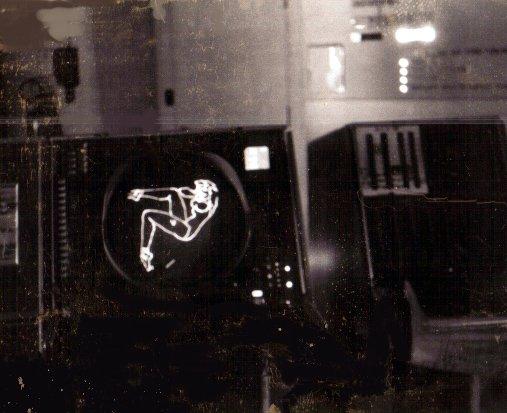I’m more familiar with the America-centric history of networked computing, so I’m always fascinated to read about things that were happening in other parts of the world. Jeremy Rossman takes a look at France’s Minitel system and how it provided one of the first app stores.
In the early eighties the French government vaulted its country’s tech industry a decade ahead of the rest of the world by introducing a computer terminal called the Minitel. Rolled out as a beta product in 1980 and launched to the French public in 1983, every household with a landline subscription was eligible for a free Minitel. Its killer launch app was a digital version of the yellow pages — to encourage adoption the government cancelled the production of [the] paper [version].



